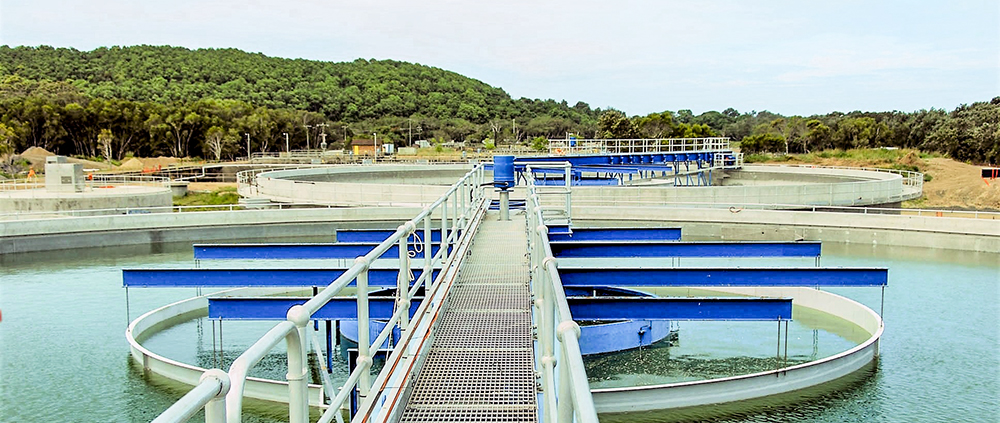
Local Water Utilities
NSW councils are responsible for providing water and sewerage services to more than 1.8 million people in NSW outside the areas covered by the Sydney and Hunter water corporations. These services are provided by 89 council-owned and operated local water utilities (LWUs).
Local Government NSW provides support and advice to member councils on government water policy and industry best practice, as well as representing the views of members to the state and federal governments and other key stakeholders.
We also hold an annual Water Management Conference, which provides members with information on specific issues relating to water management and water utilities.
LGNSW strongly advocates for local government ownership and control of LWUs and has resisted threats by successive NSW Governments to consolidate, corporatise and privatise LWUs. LGNSW supports voluntary regional alliances of LWUs.
LGNSW’s policy priorities for the delivery of water supply and sewerage services in regional NSW
- Management and ownership
Institutional arrangements should maintain Local Government responsibility for the operation and management of water supply and sewerage services and ownership of water supply and sewerage infrastructure as they are most effective in achieving whole-of-community outcomes and integrated water cycle management, utilise efficiency of economies of scope, and so allow for sustainable, locally appropriate long term strategic planning and service provision.
- Local governance
Governance arrangements need to ensure decision-makers are accountable to the communities that are to benefit from and fund the provision of water supply and sewerage services, as well as for the achievement of broader whole-of community outcomes.
- Best Practice Pricing
Decision making with regards to water pricing needs to be socially, environmentally and economically sustainable, responsive to local community needs, and flexible to enable local water utilities to respond to changing circumstances. Pricing decisions should continue to be guided by the best practice pricing policies required by DPIE Water.
- Regulatory Framework
Regulatory arrangements need to be improved to avoid regulatory duplication, inconsistency and conflict; regulatory arrangement should facilitate integrated water cycle management and encourage regional solutions/models to facilitate catchment based-planning and water resource sharing arrangements among utilities.
- Funding Water Security
To ensure local water utilities throughout regional NSW have the financial capacity to provide the level of water supply availability and security and sewerage treatment that is required by the community, a permanent State Government infrastructure funding program should accompany efforts by the sector, such as regional alliances, to facilitate resource sharing and regional infrastructure provision.
BACK TO MAIN PAGE